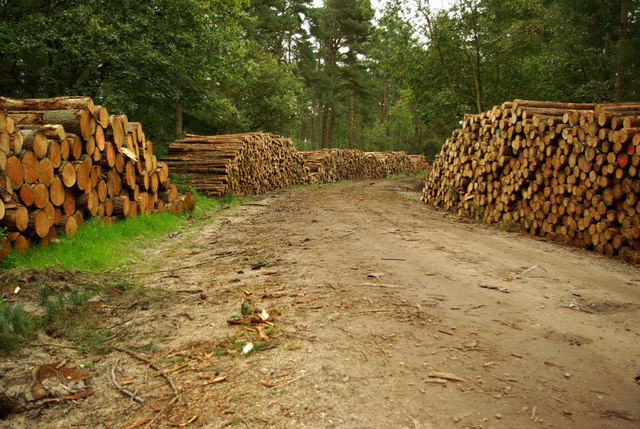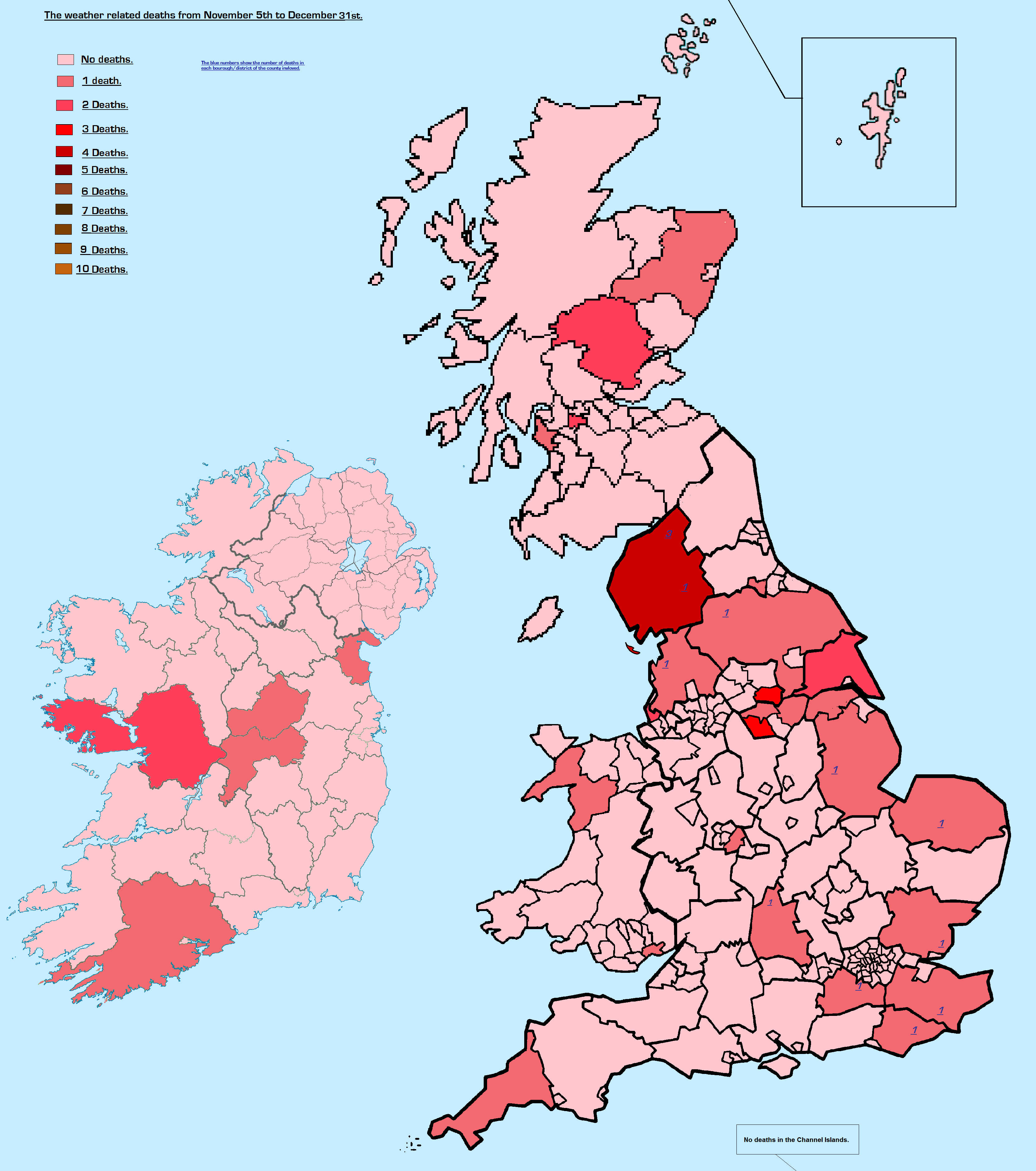|
Glen Urquhart
Glenurquhart or Glen Urquhart ( gd, Gleann Urchadain) is a glen running to the west of the village of Drumnadrochit in the Highland (council area), Highland Council areas of Scotland, council area of Scotland. Location Glenurquhart runs from Loch Ness at Urquhart Bay in the east to Corrimony and beyond in the west. The River Enrick runs along its length, passing through Loch Meiklie. The villages of Balnain and Balbeg, Highland, Balbeg are situated about up the glen. History Glenurquhart used to be part of the lands of the Clan Grant, Grants of Glenmoriston, with the lands of the Clan Fraser, Frasers to the north for most of its time. Notable people *Rev Ewen MacRury (1891–1986) minister of Glen Urquhart from around 1930 to the 1960s, Moderator of the General Assembly of the Free Church of Scotland in 1944 Climate Like most of the United Kingdom, the Inverness area has an oceanic climate (Köppen climate classification, Köppen: ''Cfb''). The weather is pleasantly w ... [...More Info...] [...Related Items...] OR: [Wikipedia] [Google] [Baidu] |
Clan Fraser
Clan Fraser is a Scottish clan of the Scottish Lowlands.Way, George and Squire, Romily. ''Collins Scottish Clan & Family Encyclopedia''. (Foreword by The Rt Hon. The Earl of Elgin KT, Convenor, The Standing Council of Scottish Chiefs). Published in 1994. Pages 142 - 143. It is not to be confused with the Clan Fraser of Lovat who are a separate Scottish clan of the Scottish Highlands (though with a common ancestry). Both clans have their own separate chief, both of whom are officially recognized by the Standing Council of Scottish Chiefs. History Origins of the clan The exact origins of the surname "Fraser" can not be determined with any great certainty.Fraser Name Meaning ancestry.com. Retrieved on 14 June 2015. The Frasers are believed to have come from Plantagenet Anjou in |
Clava Cairn
The Clava cairn is a type of Bronze Age circular chamber tomb cairn, named after the group of three cairns at Balnuaran of Clava, to the east of Inverness in Scotland. There are about 50 cairns of this type in an area round about Inverness. They fall into two sub-types, one typically consisting of a corbelled passage grave with a single burial chamber linked to the entrance by a short passage and covered with a cairn of stones, with the entrances oriented south west towards midwinter sunset. In the other sub-type an annular ring cairn encloses an apparently unroofed area with no formal means of access from the outside. In both sub-types a stone circle surrounds the whole tomb and a kerb often runs around the cairn. The heights of the standing stones vary in height so that the tallest fringe the entrance (oriented south west) and the shortest are directly opposite it. When Clava-type tombs still contained burial remains, only one or two bodies appear to have been buried in each, an ... [...More Info...] [...Related Items...] OR: [Wikipedia] [Google] [Baidu] |
Chambered Cairn
A chambered cairn is a burial monument, usually constructed during the Neolithic, consisting of a sizeable (usually stone) chamber around and over which a cairn of stones was constructed. Some chambered cairns are also passage-graves. They are found throughout Britain and Ireland, with the largest number in Scotland. Typically, the chamber is larger than a cist, and will contain a larger number of interments, which are either excarnated bones or inhumations (cremations). Most were situated near a settlement, and served as that community's "graveyard". Scotland Background During the early Neolithic (4000–3300 BC) architectural forms are highly regionalised with timber and earth monuments predominating in the east and stone-chambered cairns in the west. During the later Neolithic (3300–2500 BC) massive circular enclosures and the use of grooved ware and Unstan ware pottery emerge. Scotland has a particularly large number of chambered cairns; they are found in various differe ... [...More Info...] [...Related Items...] OR: [Wikipedia] [Google] [Baidu] |
Birch
A birch is a thin-leaved deciduous hardwood tree of the genus ''Betula'' (), in the family Betulaceae, which also includes alders, hazels, and hornbeams. It is closely related to the beech-oak family Fagaceae. The genus ''Betula'' contains 30 to 60 known taxa of which 11 are on the IUCN 2011 Red List of Threatened Species. They are a typically rather short-lived pioneer species widespread in the Northern Hemisphere, particularly in northern areas of temperate climates and in boreal climates. Description Birch species are generally small to medium-sized trees or shrubs, mostly of northern temperate and boreal climates. The simple leaves are alternate, singly or doubly serrate, feather-veined, petiolate and stipulate. They often appear in pairs, but these pairs are really borne on spur-like, two-leaved, lateral branchlets. The fruit is a small samara, although the wings may be obscure in some species. They differ from the alders (''Alnus'', another genus in the family) in th ... [...More Info...] [...Related Items...] OR: [Wikipedia] [Google] [Baidu] |
Forestry Commission
The Forestry Commission is a non-ministerial government department responsible for the management of publicly owned forests and the regulation of both public and private forestry in England. The Forestry Commission was previously also responsible for Forestry in Wales and Scotland. However, on 1 April 2013, Forestry Commission Wales merged with other agencies to become Natural Resources Wales, whilst two new bodies (Forestry and Land Scotland and Scottish Forestry) were established in Scotland on 1 April 2019. The Forestry Commission was established in 1919 to expand Britain's forests and woodland, which had been severely depleted during the First World War. The Commission bought large amounts of agricultural land on behalf of the state, eventually becoming the largest manager of land in Britain. Today, the Forestry Commission is divided into three divisions: Forestry England, Forestry Commission and Forest Research. Over time the purpose of the Commission broadened to includ ... [...More Info...] [...Related Items...] OR: [Wikipedia] [Google] [Baidu] |
November 2010 European Windstorms
Cyclone Carmen (or Windstorm Carmen) was an extratropical cyclone and European windstorm which crossed the Atlantic Ocean and affected the United Kingdom, Ireland, France, Belgium, and the Netherlands in November 2010. Meteorological history Windstorm Carmen formed as a low-pressure system off the east coast of the United States. By 9 November, while over Nova Scotia, the system was named "Carmen" as it passed into the North Atlantic near and over southern Greenland, Iceland, and the Faroe Islands, which had been suffering from the lesser windstorm Becky since the 5th. Becky died out over Denmark and Northern Germany on the 12th, and its remnants joined windstorm Carmen over Russia on the 14th. Due to a strong pressure gradient, gale-force winds were recorded in the United Kingdom. A wind gust was recorded at Capel Curig, Wales. Traveling eastward, Carmen eventually attained a central pressure of 949 millibars as it struck the United Kingdom. At 06:00 UTC on Friday, 12 No ... [...More Info...] [...Related Items...] OR: [Wikipedia] [Google] [Baidu] |
A82 Road
The A82 is a major road in Scotland that runs from Glasgow to Inverness via Fort William, Highland, Fort William. It is one of the principal north-south routes in Scotland and is mostly a trunk road managed by Transport Scotland, who view it as an important link from the Central Belt to the Scottish Highlands and beyond. The road passes close to numerous landmarks, including; Loch Lomond, Rannoch Moor, Glen Coe, the Ballachulish Bridge, Ben Nevis, the Commando Memorial, Loch Ness, and Urquhart Castle. The route is derived in several places from the Old military roads of Scotland, military roads constructed through the Highlands by George Wade, General George Wade and William Caulfeild (British Army officer), Major William Caulfeild in the 18th century, along with later roads constructed by Thomas Telford in the 19th. The modern route is based on that designed by Telford, but with a number of improvements primarily dating from the 1920s and 30s. These include a diversion across ... [...More Info...] [...Related Items...] OR: [Wikipedia] [Google] [Baidu] |
Landslip
Landslides, also known as landslips, are several forms of mass wasting that may include a wide range of ground movements, such as rockfalls, deep-seated slope failures, mudflows, and debris flows. Landslides occur in a variety of environments, characterized by either steep or gentle slope gradients, from mountain ranges to coastal cliffs or even underwater, in which case they are called submarine landslides. Gravity is the primary driving force for a landslide to occur, but there are other factors affecting slope stability that produce specific conditions that make a slope prone to failure. In many cases, the landslide is triggered by a specific event (such as a heavy rainfall, an earthquake, a slope cut to build a road, and many others), although this is not always identifiable. Causes Landslides occur when the slope (or a portion of it) undergoes some processes that change its condition from stable to unstable. This is essentially due to a decrease in the shear strength of ... [...More Info...] [...Related Items...] OR: [Wikipedia] [Google] [Baidu] |
Blizzard
A blizzard is a severe snowstorm characterized by strong sustained winds and low visibility, lasting for a prolonged period of time—typically at least three or four hours. A ground blizzard is a weather condition where snow is not falling but loose snow on the ground is lifted and blown by strong winds. Blizzards can have an immense size and usually stretch to hundreds or thousands of kilometres. Definition and etymology In the United States, the National Weather Service defines a blizzard as a severe snow storm characterized by strong winds causing blowing snow that results in low visibilities. The difference between a blizzard and a snowstorm is the strength of the wind, not the amount of snow. To be a blizzard, a snow storm must have sustained winds or frequent gusts that are greater than or equal to with blowing or drifting snow which reduces visibility to or less and must last for a prolonged period of time—typically three hours or more. Environment Canada defin ... [...More Info...] [...Related Items...] OR: [Wikipedia] [Google] [Baidu] |
Köppen Climate Classification
The Köppen climate classification is one of the most widely used climate classification systems. It was first published by German-Russian climatologist Wladimir Köppen (1846–1940) in 1884, with several later modifications by Köppen, notably in 1918 and 1936. Later, the climatologist Rudolf Geiger (1894–1981) introduced some changes to the classification system, which is thus sometimes called the Köppen–Geiger climate classification system. The Köppen climate classification divides climates into five main climate groups, with each group being divided based on seasonal precipitation and temperature patterns. The five main groups are ''A'' (tropical), ''B'' (arid), ''C'' (temperate), ''D'' (continental), and ''E'' (polar). Each group and subgroup is represented by a letter. All climates are assigned a main group (the first letter). All climates except for those in the ''E'' group are assigned a seasonal precipitation subgroup (the second letter). For example, ''Af'' indi ... [...More Info...] [...Related Items...] OR: [Wikipedia] [Google] [Baidu] |
Oceanic Climate
An oceanic climate, also known as a marine climate, is the humid temperate climate sub-type in Köppen classification ''Cfb'', typical of west coasts in higher middle latitudes of continents, generally featuring cool summers and mild winters (for their latitude), with a relatively narrow annual temperature range and few extremes of temperature. Oceanic climates can be found in both hemispheres generally between 45 and 63 latitude, most notably in northwestern Europe, northwestern America, as well as New Zealand. Precipitation Locations with oceanic climates tend to feature frequent cloudy conditions with precipitation, low hanging clouds, and frequent fronts and storms. Thunderstorms are normally few, since strong daytime heating and hot and cold air masses meet infrequently in the region. In most areas with an oceanic climate, precipitation comes in the form of rain for the majority of the year. However, some areas with this climate see some snowfall annually during winter. M ... [...More Info...] [...Related Items...] OR: [Wikipedia] [Google] [Baidu] |









